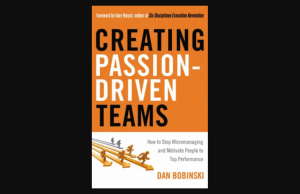Nonprofit bequest beneficiaries may face unexpected legal, processing or fiduciary hurdles which can delay — or in some cases deny — the desires of those making the bequests. A newly issued set of “Standards of Excellence” are geared toward aiding them in protecting donor wishes and receiving the entirety of intended gifts.
“Our Standards of Excellence were developed through our years of expertise advising and litigating on behalf of charities who sought to uphold the true intent of their donors,” said Lindy Nash, Bequest Supervising Attorney at public interest law firm Chisholm Chisholm & Kilpatrick, which issued the Standards of Excellence, via a statement.
The seven standards include:
Identifying and resolving issues in key documents. Beneficiaries must conduct a careful review of all testamentary documents and related filings to identify and resolve ambiguities and inconsistencies. The documents should be reviewed from both legal and financial expertise perspectives.
Maintaining useful files. Files related to a bequest should be complete and accessible and include mechanisms to ensure beneficiaries do not miss critical issues and deadlines.
Monitoring fiduciary performance. Beneficiaries need to be cognizant of “danger signals” that may emerge about a fiduciary’s performance. Fiduciary failures can be due to simple negligence, careless use of estate assets or, in some cases, outright fraud. Bequests lost in this manner are sometimes not recovered.
Reviewing before signing. Signing documents without careful review might be the most frequent error that charities make during bequest administration. Receipts, releases, indemnities, and other such items frequently contain unacceptable and draconian terms that can cost a charity money. Proper review and assessment of these common documents may require legal expertise.
Creating procedures for risky assets. Charities should undertake immediate and sufficient due diligence before accepting potentially risky noncash assets.
Disputing and defending if necessary. A nonprofit may have to litigate to protect their donors’ wishes or address a controversy arising during estate administration. A penultimate step may be the more cost-effective option to mediate or arbitrate. An organization has a tough decision to make when committing its financial resources in pursuit of a gift that may or may not materialize as hoped.
Keeping track of the numbers. In many cases, a detailed review of inventories, accountings, and investment portfolios is prudent. This responsibility may extend into ensuring that any estate assets that are sold (cars, houses, boats, collections) fetch fair market value. This is especially true if a charity is a residuary beneficiary.
“Charities recognize that the Baby Boomer generation has amassed more wealth than any other generation and is more deliberate about how their wealth is invested before and after death,” company officials wrote in a statement accompanying the standards. “Increasingly, savvy individuals and estates are demanding that charities embrace best and replicable practices that preserve the full intentions of their bequests.”
Chisholm Chisholm & Kilpatrick is a public interest law firm based in Providence, Rhode Island. Additional information is available here: https://www.cckbequest.com/wp-content/uploads/2023/03/2023.03.01-Final-Bequest-Standards.pdf








